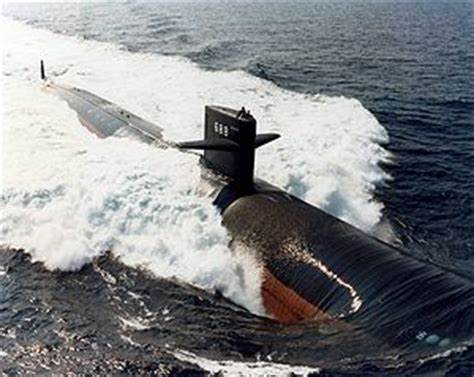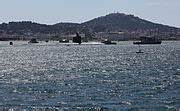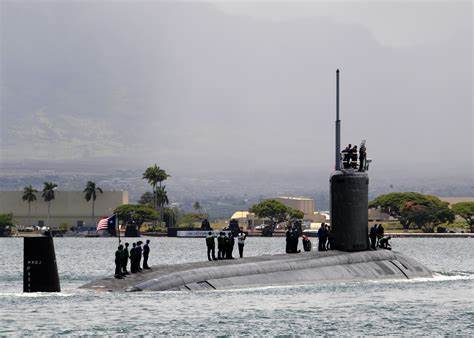
The Los Angeles-class submarines, nuclear-powered fast attack behemoths, remain a formidable backbone of the U.S. Navy’s undersea prowess.

These stealthy titans, known as the 688 class, hold a reputation for superior speed, stealth, and an arsenal capable of unleashing torpedoes, cruise missiles, and mines against various threats.

With 26 units currently in service, they make up over half of the Navy’s fast attack submarine fleet, a testament to their enduring significance since their development in the 1960s to counter advanced Soviet subs.

In the past, U.S. attack submarines were traditionally named after marine creatures such as the Seawolf or the Shark.

However, the Los Angeles-class submarines, including vessels like the Albany, New York, Los Angeles, and Tucson, break from this tradition by being named after American states and cities.

When questioned about this change in naming conventions, Hyman Rickover, often referred to as the “father of the nuclear Navy,” humorously remarked that “fish don’t have a say in elections.”

During the 1960s, the development of the Los Angeles-class submarines was spurred by U.S. intelligence observations of the advancing Soviet submarine technology, which posed a growing threat to the U.S. Navy’s carrier battle groups.

Specifically, Soviet fast-attack submarines had enhanced their capabilities to match the speeds of U.S. aircraft carriers, while new Soviet missile submarines were equipped to overpower U.S. missile defenses.

In response to these developments, the U.S. initiated the development of the Los Angeles-class submarines in 1967.

Derived from the older Sturgeon-class submarine, the Los Angeles-class was 50 percent larger and incorporated significant advancements in stealth technology and overall speed.

These enhancements enabled the Los Angeles-class submarines to effectively keep pace with U.S. carriers and Soviet fast-attack submarines.

However, despite their success, the Los Angeles-class faces the twilight of their service as newer, advanced Virginia-class submarines are set to replace them.

Over time, both the Navy and Congressional leaders have consistently voiced apprehensions regarding an impending shortage of Navy submarines, a situation in which the fleet size of attack submarines could decrease significantly, posing a heightened threat to the United States.

For numerous years, the U.S. Navy’s 30-Year Shipbuilding Plan has highlighted a troubling deficit in attack submarines, as the retirement rate of Los Angeles-class submarines outpaces the addition of new Virginia-class submarines.

Due to this concern, Congress and the Navy have been extensively engaged in a sustained initiative to adjust the industrial capacity to increase the production of Virginia-class submarines annually, potentially raising the number from 1 to up to 3 per year, contingent upon budgetary considerations.
Relevant articles:
– The U.S. Navy’s Los Angeles-Class: Built to Fight Russia in a War and Win, The National Interest
– Los Angeles-Class: The Submarine Built to Fight Russia in a War, 19FortyFive
– The U.S. Navy’s Los Angeles-Class Submarine Nightmare Is Chilling, The National Interest
– Torpedoes: Get Smaller to Think Bigger, U.S. Naval Institute
